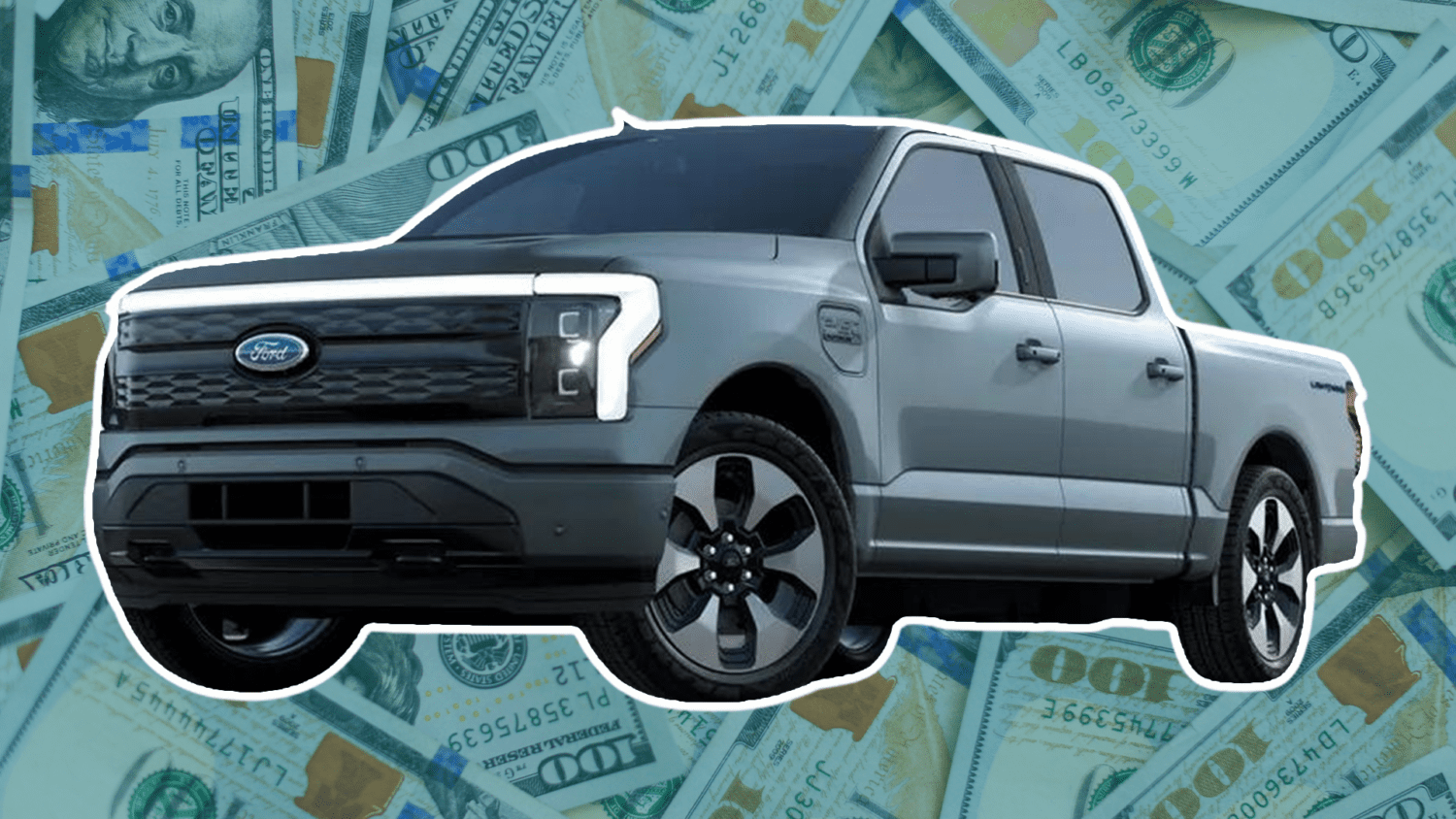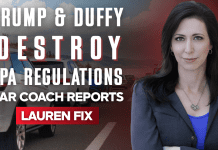Many dealers feel that the franchise system is under attack following the announcement of Ford’s aggressive new EV policy. The policy will require substantial investments from its franchised retailers and lists additional requirements that some feel could be especially oppressive to rural businesses. The Southern Automotive Trade Association Executives (SATAE) sent a resolution letter containing their concerns to the automaker following its decision. Today on Inside Automotive, anchor Jim Fitzpatrick sits down with a panel of the SATAE’s members to discuss what this could mean for dealers and what they hope the letter will accomplish. He is joined by Jason Wilson of Kentucky, Greg Kirkpatrick of Arkansas, Marty Milstead of Mississippi, and Jared Wyrick of West Virginia, each President of their state automobile dealers associations.
What are Ford’s requirements?
In their letter, the association focused on four new Ford franchise requirements.
1: Dealerships are requested to make a $1.5 million investment to Ford’s EV programs without an allocation commitment (an inventory guarantee).
2: Alternatively, auto retailers can make a $750,000 investment but at the risk of losing their listing on the automaker’s website, an important source for customers, and would receive a cap on the number of vehicles they can sell. This option also has no allocation commitment.
3: Upon failing to meet either of these requests, dealerships will lose their license to sell any Ford products, including gas-powered vehicles in circulation.
4: Finally, Ford will require all participating dealerships to install public charging stations, which can cost over $1 million dollars to install.
What is in the letter?
The association believed it was essential to present a united front to Ford, even though each association had different regulations and needs. The letter represents the various perspectives of the board members and focuses on the shared franchise issues across all involved states.
Why is the Ford decision bad for consumers?
The board believes the new policies will harm markets across states, but especially in the south. This is because the Ford decision will affect low-income consumers, truck buyers and SUV buyers, who happen to be the customer base for many rural dealers. EVs, both at this stage and for the foreseeable future, are expensive, lack the driving range and carrying capacity of heavier gas-powered vehicles, and require more maintenance than other cars. While the panel fully acknowledges electric cars will eventually dominate the market, they stress that rural parts of the country will be much slower to transition than urban areas due to the different economic needs. Unfortunately, the panel believes the automaker stands to gain the most if rural markets make the transition quickly since electric vehicles are anticipated to generate revenue only when adoption matches production. Moreover, the board believes the automaker can accelerate this transition while lowering the risk to itself by offloading some of the financial burdens onto dealers. Ford’s policy decision is therefore less reactive to consumer needs, and instead more calculated, intending to influence market trends in its favor.
 |
Why is the Ford decision bad for dealerships?
Dealers who choose not to invest in Ford’s EV strategy using one of the two options will likely be forced to close according to the panel. Ford has signaled that those who make this choice may not have their franchise contracts renewed. Meanwhile, the board believes that dealers who do invest and take on increased EV stock will be unable to sell their vehicles as their markets have not caught up. The panel warns that many dealers in the south may see no return on their investments until their customers show interest, which could take far longer in rural markets. Finally, the installation of charging stations present new costs to participating dealers.
Why is the Ford decision bad for the market?
Ford has made this announcement at a time when supply is low, but demand is high. The resulting price increases and low inventory have prevented consumers interested in EVs from following through with their purchases. Unfortunately, many southern dealers will be unable to lower price tags as they struggle to meet Ford’s demands. In fact, Greg Kirkpatrick notes that dealers are expected to incur at lest $500,000 in losses over the next four years as a result of EV adoption. Forcing widespread adoption before the supply chain issues are resolved will worsen this affordability crisis.
How is Ford’s request different from others made by similar brands?
Other carmakers have requirements that can be seemingly debilitating for dealerships. For example, dealers are often required, on their own dime, to tear down and rebuild their facilities to stay current with their contract holder’s branding. However, such stipulations are mutually understood and agreed to beforehand by the franchise. Some automakers, such as Nissan, have even introduced programs to help their retailers with the EV transition by introducing consumer-friendly warranties and protections. However, Ford is using EVs as a wedge issue, violating the current agreements dealers have in place to force the adoption of new policies. The panel argues that Ford has unnecessarily taken a nuclear option.
What does the letter do, and what should happen next?
The panel agrees that the priority for dealerships should be to make sure their agreements are followed and their interests are heard. Part of this means asking Ford to thoroughly explain its reasoning for the requirements, how it expects dealers to earn revenue over the next decade, and how it will respect the contracts it agreed to. The automaker will also need to explain how their new policy is not anti-consumer, especially to those who live outside of urban areas.
The automotive landscape has changed radically after global calls for greener transportation, increased public spending on energy infrastructure, and record profits from EV manufacturers. However, public confidence in the technology, aggressive goal-setting from the industry, lack of support for franchise locations and a soon-to-be outdated energy infrastructure have placed dealerships in a difficult position. Whatever happens next, the SATAE members, along with other industry experts, believe that the best way to avoid hardship is to ensure all sectors of the auto community have input on the future of their industry.
Did you enjoy this interview? Please share your thoughts, comments, or questions regarding this topic by connecting with us at newsroom@cbtnews.com.
Be sure to follow us on Facebook, LinkedIn, and TikTok to stay up to date.
While you’re here, don’t forget to subscribe to our email newsletter for all the latest auto industry news from CBT News.







